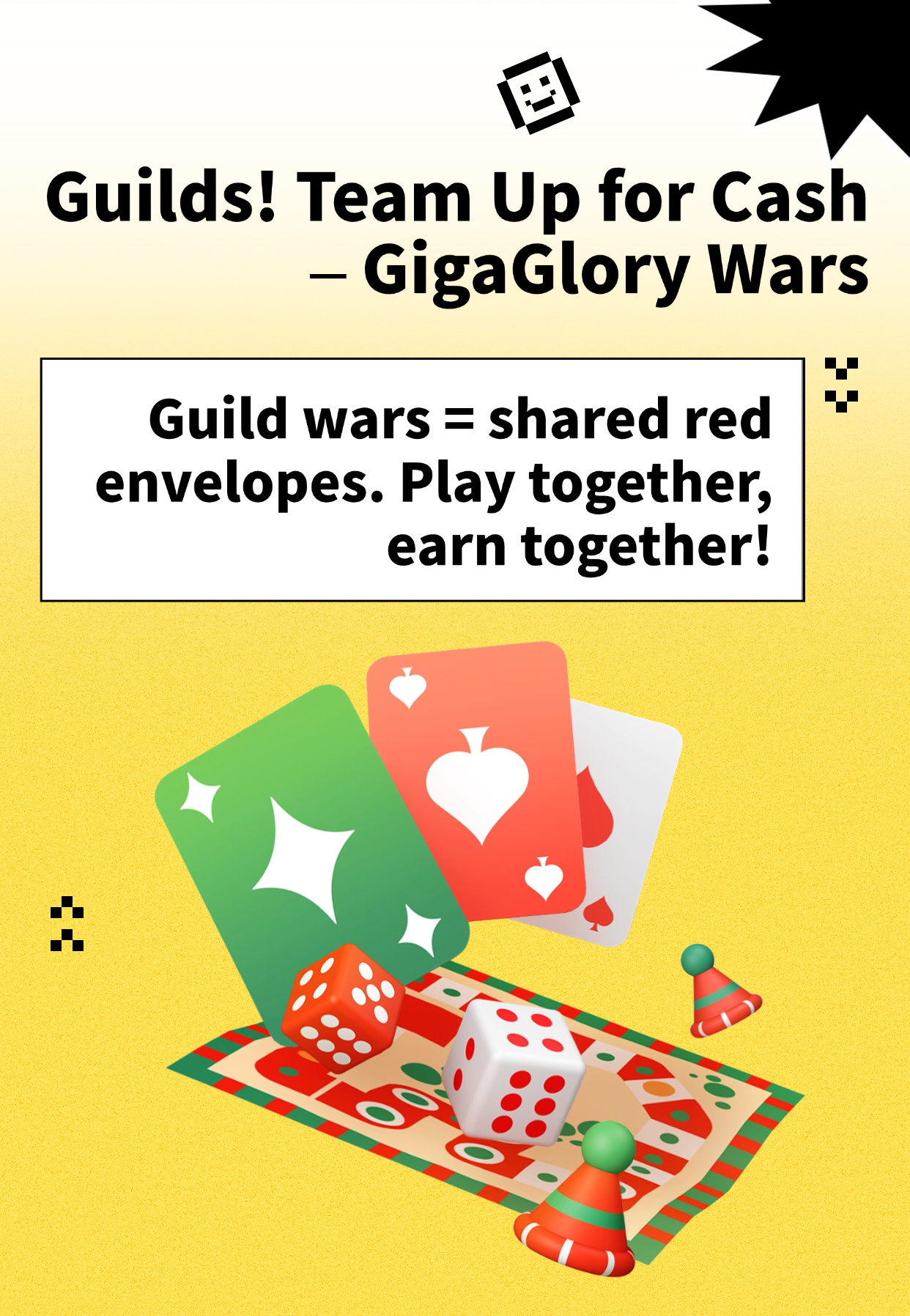Why Indie Building Games Are Revolutionizing the Gaming Experience
In today's gaming landscape, indie building games are emerging as not only a viable product but as a major force in changing how players engage. Games that allow creative control and exploration are re-shaping the industry in unexpected ways. This article dives into how indie building games, such as "Diamonds Time - Mystery Story Free Match 3 Game," are setting new trends in interactive entertainment.
The Rise of Indie Games
Indie games are more than just a niche hobby; they're a movement. With lower budgets and smaller teams, indie developers consistently push boundaries, and their innovative ideas lead to brilliant, unique gaming experiences.
Defining Building Games
Building games fall into a specific category focused on creation and construction. These games allow players to design and customize worlds, pushing the idea of gameplay to new heights. Players engage not just in gameplay but in unanticipated creativity.
Indie Building Games: A Game-Changer
When we think of building games, the likes of Minecraft might spring to mind. However, indie building games are now innovating their own paths. These games encourage experimentation, community interaction and frequently include individualized story arcs.
Key Features of Indie Building Games
- Creative Freedom: Players can build and modify their environments extensively.
- Engagement: Games often incorporate elements that draw the user into a deeper story.
- Community Collaboration: Players can share their creations, spurring collaboration.
- Low-Cost Access: Makes gaming accessible for a broader audience.
The Role of Story in Building Games
Storytelling plays a pivotal role in enhancing the gaming experience. A compelling narrative can completely change how players interact with the in-game environment. This is increasingly evident in games like "Diamonds Time." Story-driven building experiences encourage players to not just create but to engage and explore within a narrative framework.
Community’s Influence on Indie Building Games
Indie games thrive on community input, leading to a constant cycle of feedback and improvement. This is especially true in building games where the storytelling and environments benefit from collaborative efforts and user-generated content.
Innovation in Design and Gameplay
Indie builders are constantly innovating. Gamers expect more complexity in how environments react to their creations. Indie studios are responding, crafting intricate obstacles and gameplay mechanics.
Accessibility in Indie Games
Accessibility is a crucial focus. Indie developers prioritize ensuring that everyone can enjoy their games. Menus, tutorials, and controls are simplified to lower barriers to entry, making them more user-friendly.
Examples of Successful Indie Building Games
| Game Title | Release Year | Key Features |
|---|---|---|
| Stardew Valley | 2016 | Farming simulation with story elements. |
| Terraria | 2011 | 2D building experience with exploration. |
| House Flipper | 2018 | Real estate renovation with creative building. |
Educational Opportunities in Building Games
Indie building games have also become educational tools. They can teach problem-solving, critical thinking, and basic mathematics through gameplay mechanics that allow players to analyze their surroundings actively.
The Psychology Behind Building Games
There is an undeniable psychological aspect to building games. They allow players a sense of accomplishment. Players can literally build their dream spaces or worlds, which ties into significant emotional satisfaction.
The Future of Indie Building Games
As technology improves, the future appears bright for indie building games. Elements like augmented reality and virtual reality are entering the scene. These new formats can create immersive experiences players are craving.
Why Players Are Drawn to Indie Building Games
Players value the individuality and freedom that indie building games provide. Unlike traditional gaming experiences, these games are less restrictive, encouraging players to let their imaginations run wild.
Challenges Faced by Indie Developers
Despite their success, indie developers face significant challenges. Limited budgets can restrict marketing, and sometimes they struggle to compete in crowded gaming marketplaces. Nonetheless, their dedication to innovation often prevails.
How "Delta Forces Military" Integrates into the Scene
A relevant example is the "Delta Forces Military" long-tail game element which incorporates strategy, storytelling, and building components for a unique experience. It adds layers to the core gameplay while maintaining the essence of an indie design philosophy.
The Power of Choice in Building Games
Ultimately, building games give players options to create what they envision without preset limitations. This choice is what captivates players and has fueled the growth of indie building games.
Conclusion
Indie building games are not just a trend—they represent a revolution in how games are experienced and developed. The combination of storytelling, creativity, and community-driven gameplay creates a unique environment where players can genuinely immerse themselves in fantastical worlds. As developers continue to innovate and push boundaries, the gaming landscape will undoubtedly shift, making way for even more diverse experiences.



